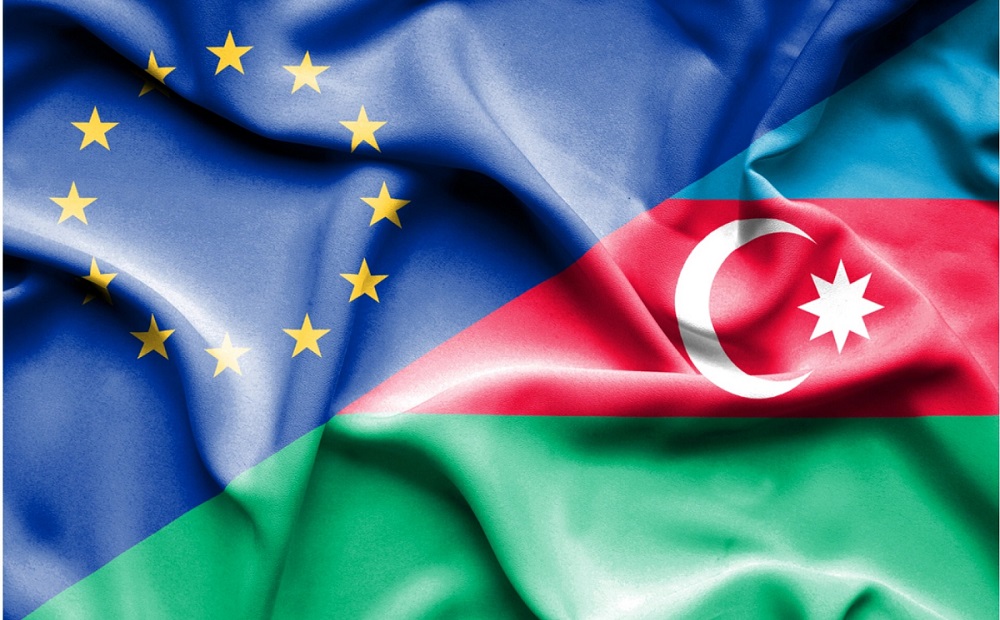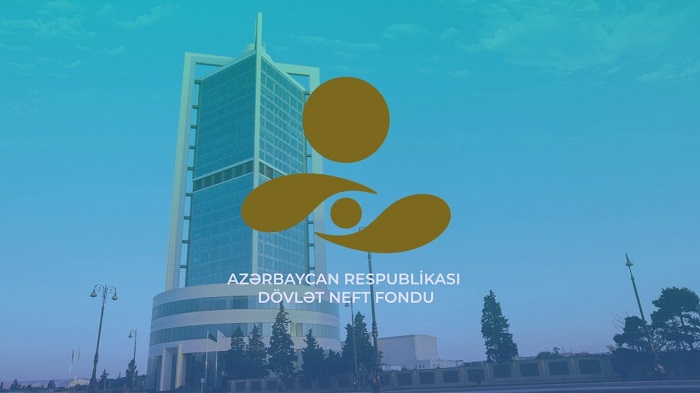A consortium developing Kazakhstan’s $50 billion Kashagan oilfield said the result of a probe into a toxic gas leak there was now expected in the second quarter, extending the closure of one of the world’s biggest oil finds.
“The results of these investigations are expected in March/June 2014,” a consortium spokesman said in written comments to Reuters, putting back an original February or March deadline.
It remained unclear when crude output would restart after the project was halted by sour gas leaks shortly after start-up in September, but the delay was likely to unsettle further Kazakh authorities who have already sued the consortium for 134 billion tenge ($737 million) for ecological damage.
Kazakhstan, Central Asia’s largest economy and the second-largest post-Soviet oil producer after Russia, is pinning hopes for future prosperity on Kashagan whose recoverable reserves are estimated at 9 billion to 13 billion barrels of oil.
The consortium said last week it would challenge the fine, potentially raising tensions with a government, which in recent years has become more assertive dealing with foreign investors and has used legal action as leverage to increase participation in some large-scale energy projects.
Production at the Caspian Sea field, the world’s biggest oil find in 35 years, was halted in early October after gas leaks were detected in its pipeline network.
The North Caspian Operating Company (NCOC) consortium, led by Exxon Mobil, Royal Dutch Shell, Total , Eni and Kazakh state oil firm KazMunaiGas , had to achieve a “commercial output” level of 75,000 barrels per day in October to meet its contractual obligations.
But when the field resumed operations after the first accident in September, it was producing 61,000 bpd, Sauat Mynbayev, head of Kazakh state oil and gas firm KazMunaiGas, said at the time.
RESULTS IN MAY?
A Kazakh government source told Reuters separately that the authorities did not expect investigation results earlier than May. “We have received the readings, but we now need time to decipher them,” said the official who asked not be named.
The NCOC on Thursday reiterated an earlier statement identifying sulphur stress cracking as “the root cause of the pipeline issues” at Kashagan.
“This process occurs if steel of high hardness is exposed to high concentrations of H2S (hydrogen sulphide) under high pressure in the presence of water,” the NCOC spokesman wrote.
“This mechanism is not at all related to normal corrosion (formation of rust) but solely to the hardness of the steel.”
Much of Kashagan is built on artificial islands to avoid damage from pack ice in a shallow Caspian sea that freezes for five months a year in temperatures that drop below minus 30 degrees Celsius (-22F).
Before the gas leaks brought Kashagan output to a halt, the consortium had failed to achieve the commercial output levels at the field by Oct. 1 as stipulated in its contract.
This means NCOC members will not be reimbursed for costs between then and the date when they finally achieve commercial output, KazMunaiGas head Sauat Mynbayev said this month.
NCOC also includes Japan’s Inpex with 7.56 percent and China National Petroleum Corp (CNPC) with 8.33 percent, which it bought from ConocoPhillips last year.
During Kashagan’s development, NCOC had originally planned to gradually increase output to 370,000 barrels per day in the second stage from 180,000 bpd in the first stage in 2013-14.












